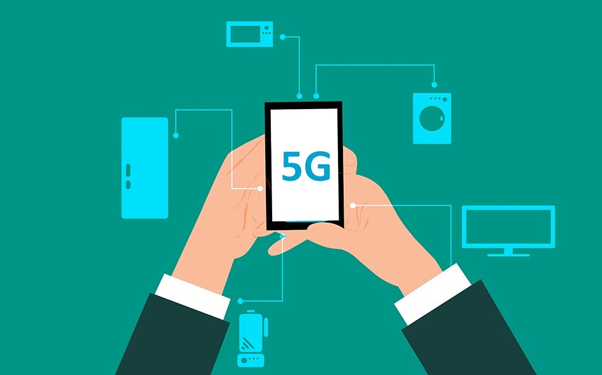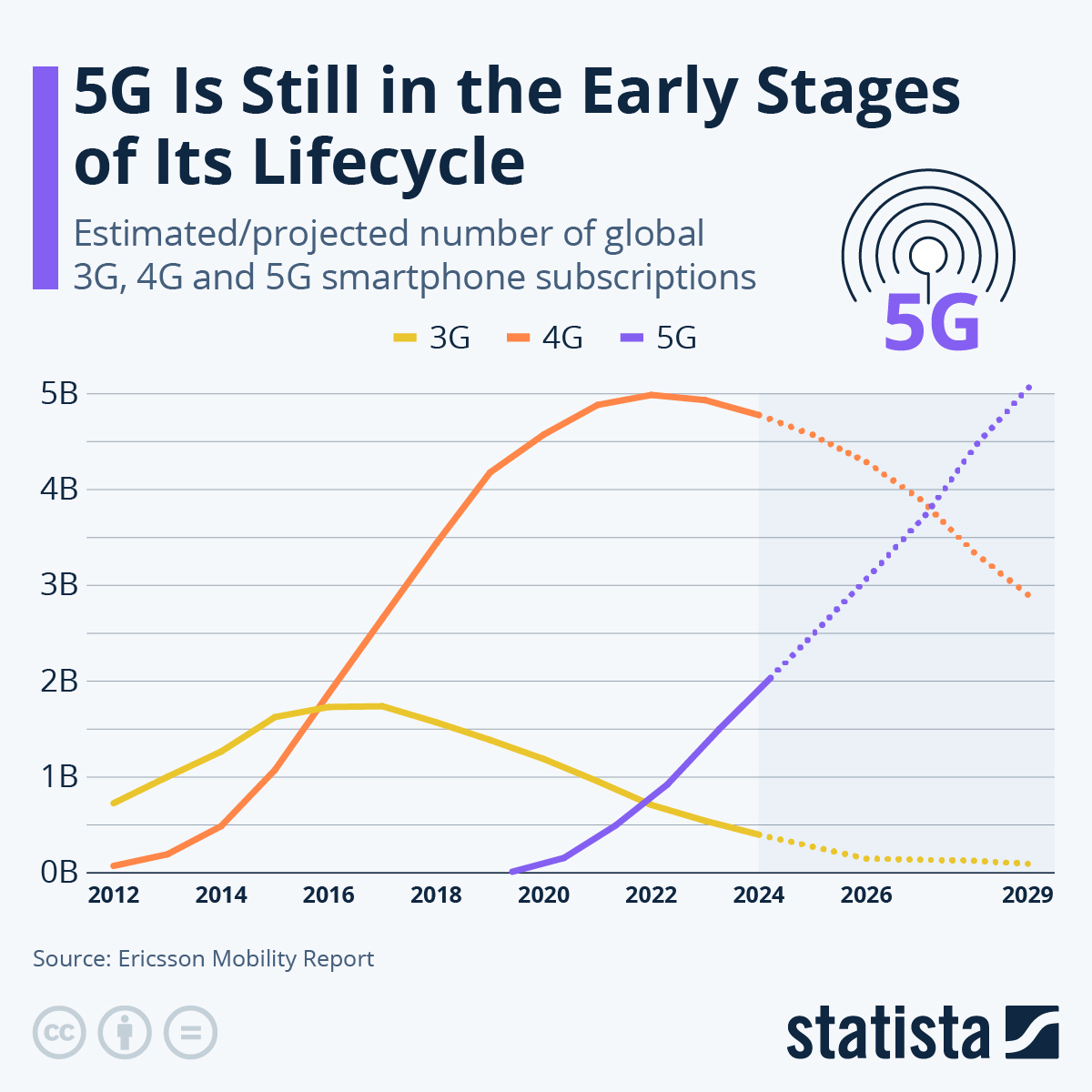
With every year, more and more people are using mobile devices and data. Greater congestion on existing spectrum bands is resulting in breakdowns in service, especially when lots of people in the same area are trying to go online at same time. The next generation of networking, 5G, offers a superior way of handling thousands of devices simultaneously and will transform the mobile experience for people across the world.
What is 5G Technology?
5G stands for the “fifth generation” of mobile networking standards which have been set by 3GPP. 5G taps into new unused bands at the top of the radio spectrum called millimetre waves. Millimetre waves are less used and congested than other bands, so this allows for superfast transfers. Previously, no-one used this frequency because access required expensive and inaccessible equipment such as large satellite dishes. However, recent technological advancements are now opening up these waves for use by the electronics and telecommunications industry.
When Will 5G Networking Technology Go Mainstream?
2019 saw the initial introduction of 5G in a limited selection of areas. A number of brands also launched the first 5G-enabled handsets. However, this technology isn’t expected to go mainstream for another few years. Cisco predict that there will be over 422 million 5G connections (12% of all global mobile data traffic) by 2022.
 You will find more infographics at Statista
You will find more infographics at Statista
How Will 5G Improve on 4G?
-
Lightning-Fast Speeds: 5G will have of speeds up to 20 gigabits per second (Gbps). Whereas, 4G offers just 300Mbps-1Gbps.
-
Lower Latency: Current 4G phones have a typical latency of 2 – 60.5 milliseconds, this figure will be slashed to 1-4 milliseconds for 5G devices.
-
Improved Network Availability: 5G is expected to have a network availability rate of 99.9%.
What Are Some Potential Applications of 5G Networking?
- AR & VR
A reliable 5G network with a lower latency may enable users to access real-time AR and VR technologies on their smartphones.
- Mobile Gaming
Over half of the $137.9 billion spent on the gaming sector in 2018 came via mobile handsets. 5G networking could prompt the next step in the evolution of mobile gaming the sector by facilitating console-grade graphics.
- Internet of Things (IoT)
To be fully functional, the IoT will require more robust internet with faster speeds and lower latency. 5G networking could provide the connective tissue for the IoT.
- 4K Videos
5G will boast a massive increase in bandwidth and extreme low-latency. This will allow users to stream 4k videos or make video calls with virtually no buffering or lag. Users may also be able to download HD movies in seconds.
- Network Slicing
Network slicing generates separate wireless networks on the cloud in order to create a more personalised experience for users. This will enable greater energy and cost efficiencies compared to earlier mobile networks.
- Beamforming
5G uses higher frequency waves which gives it a much greater capacity for beamforming i.e. signals can be focused on areas where there is more data traffic.
If you are interested in learning more about 5G networking technology, then you should check out our infographic below.

